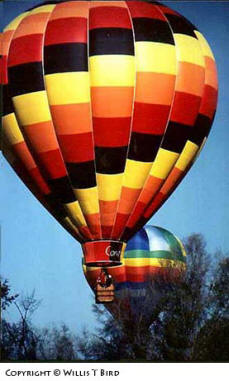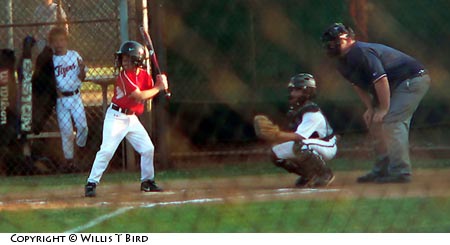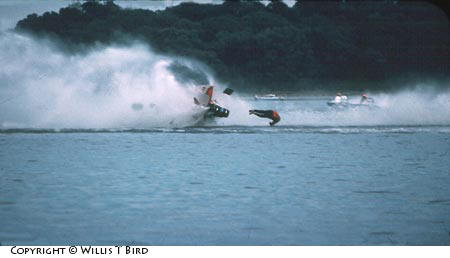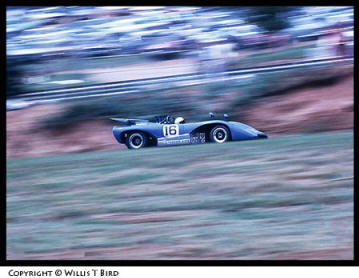 Sports are around us all year long in most areas. We may follow different teams or have varying interests, but some basic photo points can be applied to each sport. I’ve found that “being ready” is the primary tool for sports photography.
Sports are around us all year long in most areas. We may follow different teams or have varying interests, but some basic photo points can be applied to each sport. I’ve found that “being ready” is the primary tool for sports photography.
The first step in “being ready” requires that you’ve studied the sport enough to know how to create the best images. For example, how close can you get to the action? The answer to that question will tell you what size lens you require. If you’re right down in front at a basketball game, a wide-angle lens may be best. However, at a football game where you could be fifty yards from the action, you may need a good telephoto lens. In some sports such as boat and car races, the action takes place in one spot more often than in others. You need to set up so that you can adequately cover the most likely locations of action, so you can safely capture the most exciting shots. In addition, you need to have a schedule of events. A program will help you with knowing who did what.
Second, you need to understand your camera well enough so you can have it set up to catch the action you want. In some cases, you may want to pan with a slow shutter speed to enhance the feeling of movement and speed. In other cases, you may want to set up to freeze the shot in places with a very fast shutter speed. And then, when the action is fast and furious, you may wish to be set up in “burst” mode, so your camera will shoot a series of continuous shots in a row. In almost every case, a tripod is a must.
Sports can take many forms. Some activities–such as speeding sports cars–may be fast, while others–such as a game of pool–may be very slow. You can catch every expression from the brutality of boxing to the grace and beauty of gymnastics. I have a selection of images (included here) to show the challenge of shooting several types of sports. I picked samples from balloon flying to sports car racing in which I used a panning technique to enhance the feeling of speed.

In one instance, I shot my grandson playing baseball. Although it’s not a perfect image by any means, it shows that you can get an acceptable shot even when your seat is in a bad place. Mine was outside the field area and behind a chain link fence (which you can see in the shot). By my using a telephoto at an extreme telephoto distance and focusing on the boy, the fence sinks into almost nothing. The viewer shares the flavor of the game.

In another shot (which has appeared previously in these pages), I caught a boat racer in mid-air during a crash of his boat. I knew where the action usually took place on the course and used that information to set up my camera. Every time the boats came roaring around that corner, I put my finger on the shutter button to be ready. As soon as I saw the disaster in my view finder, I pressed the shutter. I didn’t know if I caught the shot or not, until I got my film back. It has won many awards for me. It’s not perfect in sharpness or color, but the content makes it a winner. How many people do you know who have an image that’s similar? The moment happens and then it’s gone. If you aren’t ready, you miss it. To avoid that disappointment, take too many photos instead of too few. Get close-ups of players’ expressions when you can. If a scoreboard is involved, you may wish to get a shot of it. Some are quite photogenic.

If you have a digital camera and it has considerable shutter lag, practice so you can anticipate the lag when taking your shot. Also, you may note that the lag is extended during auto focus. You can reduce this problem by using manual control. Then, just pre-focus at the place where you anticipate the action will take place. If you’re taking action shots, you may wish to increase your ISO setting to avoid having to use flash.
Finally, be courteous to everyone around you at the event. You don’t want to make enemies of fans or teams or officials. Keep a very low profile. And remember this old saying if you have the urge to leave before the end of the event: “It ain’t over ‘til it’s over.” If you leave early, you may miss some of the very best action. Instead, get that award-winning shot, and I may “see you in the papers!”
by Willis T Bird

Leave a Reply